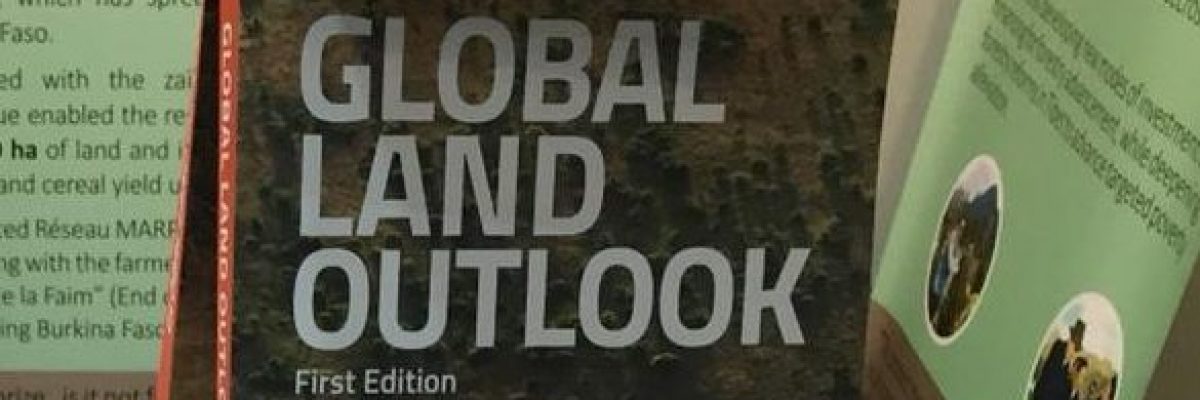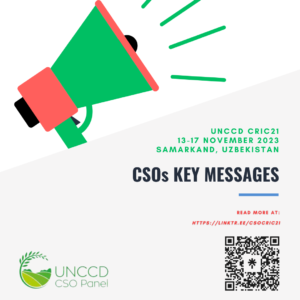In a few words, what is the objective of the GLO?
As a strategic communications product and platform, the Global Land Outlook (GLO) is the flagship publication of the UNCCD. Its purpose is to communicate evidence-based, policy-relevant information in a way that is accessible to a variety of stakeholders. It provides a strong, analytical base for guiding future trends in land management and restoration across the globe. Human livelihoods, well-being and resilience, and the sustainability of the planet is at the core of the GLO.
What is the UNCCD’s assessment of the 1st edition of the GLO?
In general, GLO1 was considered as a notable success in framing the wider land agenda. Subsequent high-profile global scientific assessments cited GLO1 and its key messages: in 2018, the Intergovernmental Science-Policy Platform on Biodiversity and Ecosystem Services (IPBES) published its assessment report on Land Degradation and Restoration; in 2019, the Intergovernmental Panel on Climate Change (IPCC) issued a Special Report on climate change, desertification, land degradation, sustainable land management, food security, and greenhouse gas fluxes in terrestrial ecosystems. An independent evaluation acknowledged GLO1 as “something new and distinct and, generally speaking, it is felt to have succeeded in striking the right balance between communicability on the one hand and rigor and authority on the other hand”.
What is new in this second edition of the GLO in terms of format and content?
GLO2 will focus on terrestrial ecosystems and will not directly address coastal and marine restoration efforts. The human face of land and ecosystem restoration projects and programs will be highlighted throughout GLO2. A positive narrative and future scenarios will stress the potential and opportunities afforded by a continuum of restoration activities. These are a wide range of activities and interventions that improve environmental conditions (e.g. ecological productivity) by avoiding, minimizing and reversing ecosystem degradation. These activities can often be designed to deliver multiple benefits (i.e. goods and services) that contribute to the current and future sustainability of communities and the planet.
How are CSOs associated with this new edition and how will this new edition benefit their actions on the field?
GLO2 is expected to be both a publication and platform with space to engage a diverse group of partners and contributors that will help guide its development. The specific target audiences for GLO2 are individuals and organizations, including CSOs, in positions of influence or with the power to improve or transform land management practices and land use planning at multiple scales. Activities along the restoration continuum are not just biophysical but are part of a process of (socio-ecological) system-wide repair in which the people most concerned and affected participate. As such, mainstreaming land and ecosystem restoration has the potential to address socio-economic and environmental injustices. A positive and hopeful narrative is one that appeals to people, individually and collectively, as they seek to make meaning of their experiences, perceptions, problems and solutions. A simple but powerful narrative will articulate and ideally help promote a collective vision for a desired future based on the shared values of all stakeholders.
For more information about the Global Land Outlook: https://knowledge.unccd.int/glo/global-land-outlook-glo
Global Land Outlook First Edition: https://knowledge.unccd.int/sites/default/files/2018-06/GLO%20English_Full_Report_rev1.pdf






